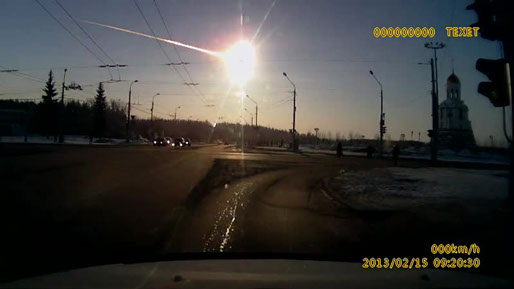-
WHAT IS NASA PHYSICS?
-
MODULES
-
Forces and Motion
-
Conservation of Momentum & Energy
-
Temperature and Heat
-
Fluids
-
Optics
-
Electromagnetic Spectrum
-
Modern Physics
-
Anticipation Guide 7
-
Intro to Modern Physics
-
Blackbody Radiation
-
The Ultraviolet Catastrophe
-
The Photoelectric Effect
-
Bohr's Atom
-
Spectra
-
Radioactive Decay
-
Special Relativity (SR)
-
Simultaneity
-
Distance and Time
-
General Relativity
-
May the Forces be with You
-
Modern Physics Notebook
-
Assessment Problems 7
-
-
Useful Things
-
-
SITE MAP
Conservation of Momentum & Energy
Conservation of Momentum & Energy
-
Anticipation Guide
-
Energy & Conservation Laws
-
What is Energy?
-
Kinetic Energy
-
Potential Energy
-
Energy Conservation
-
Roller Coaster Physics
-
Centripetal Force
-
Momentum
-
Angular Momentum
-
Gravity Assist
-
Energy Transformation
-
Notebook
-
Assessment Problems
Equation
KE = ½ mv2
2.3
Newtons and Joules
Did you know an apple weighs about 1 newton? (Remember, weight is a unit of force whose SI unit is 1 N.) A joule is the amount of energy used or work done by a force of 1 newton moving a 1 kg mass 1 meter. An example: The amount of energy used or work done in picking up an apple on the ground 1 meter away. Thus, one joule equals a Newton meter (1 J = 1 Nm).
Kinetic Energy
Meteorite shower over Chelyabinsk on February 15, 2013. Licensed CC-BY as of April 5, 2013, Wikipedia.
Kinetic Energy
When dealing with mechanical systems, we can talk about kinetic and potential energy. Kinetic energy is simply the energy of movement. A falling leaf, a rocket lifting off the launch pad, a satellite in orbit, any object with a non-zero velocity with respect to another object has kinetic energy. If it moves, it has kinetic energy or KE. KE is defined like this:
kinetic energy = one half x mass x velocity squared KE = ½ mv2

Where m = mass and v = velocity. So, the greater an object’s mass and velocity, the greater its KE, but because velocity is squared, a change in v affects KE much more than a change in m. KE is measured in units of joules, J, or (kg * m2) / s2.
In the early 1700’s, Willem Jacob ’s Gravesande (yes, the ‘s is all by itself) demonstrated the relationship between velocity and energy when he dropped brass balls from various heights to vary impact velocities onto a soft clay surface. He noted that balls with twice the velocity of another would leave indents in the clay four times as deep, three times the velocity yielded nine times the depth, and so on. His colleague, Émilie du Châtelet, published these results, correcting Newton's formula E = mv to E = mv2. The constant, ½ was added later to conform to the units of measure used (kg, m/s, and joules). Thus: KE = ½ mv2
Left: Willem Jacob ’s Gravesande; Image from Wikipedia
 Here is an example:
Here is an example:
When a large meteoroid flew across the Russian sky in February 2013 its velocity was 18.6 km/s (18,600 m/s or about 42,000 miles per hour) and its mass was 440 kilotons (440 million kg). From this its KE was:
½ mv2 = ½ (4.40 x 108 kg) x (1.86 x 104 m/s)2
= 7.6 x 1016 joules of energy
This immense amount of kinetic energy was transformed into multiple effects. First, the intense heat due to compressing the air in front of the projectile resulted in a flash of light nearly 50 times brighter than the Sun. The surface of the meteoroid was vaporized and carried away by the supersonic flow of air. The compressed air greatly increased the pressure on the front of the meteoroid, fragmenting it into thousands of pieces of rock, some of which reached the ground and were recovered as meteorites. Part of the KE was also transferred to sonic booms that broke thousands of windows in the nearby town and sent a massive pressure wave through Earth’s atmosphere that was measured in Antarctica. And this was a small meteoroid compared to the ones that make impact craters on the Earth and Moon.
© 2013 by Wheeling Jesuit University/Center for Educational Technologies®. 316 Washington Ave., Wheeling, WV 26003-6243. All rights reserved. Privacy Policy and Terms of Use.

